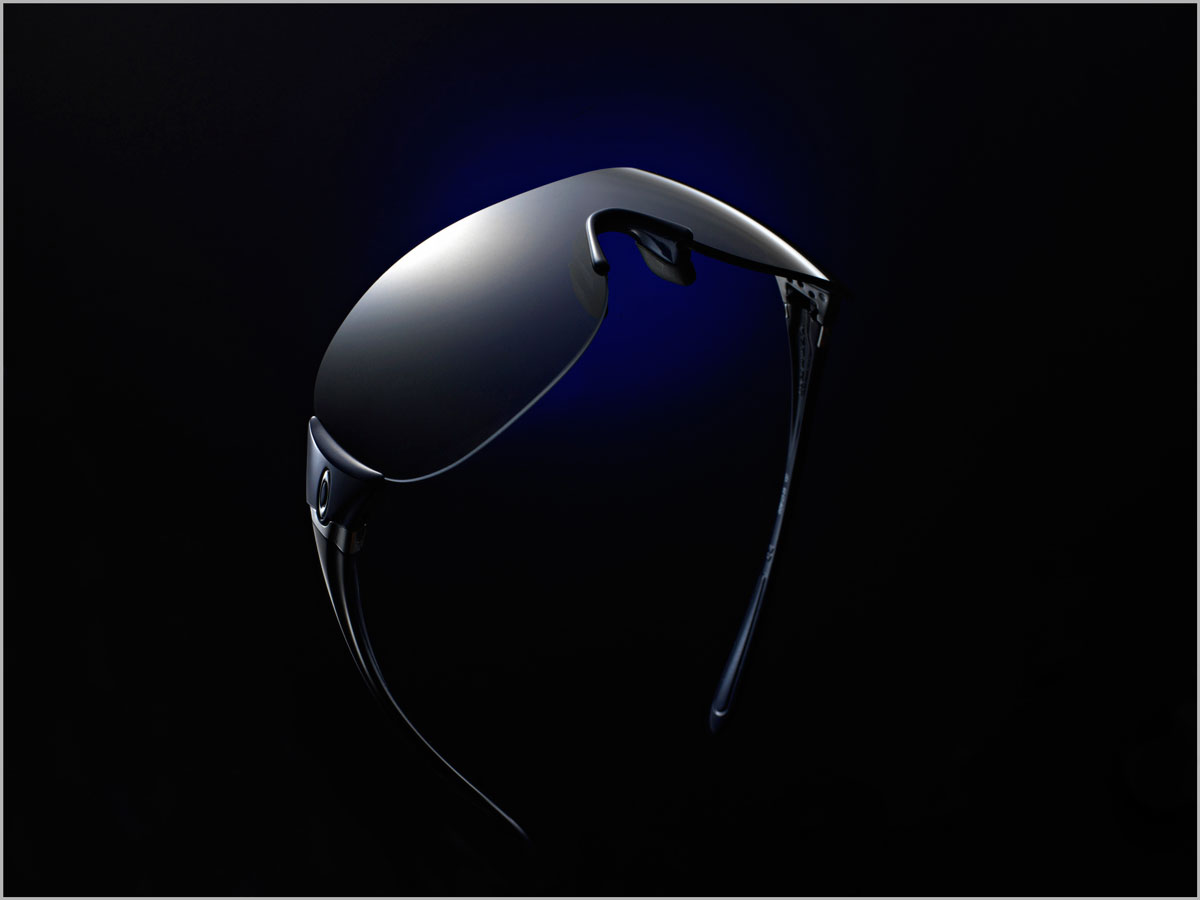Dramatic Lighting for Sunglasses Photoshoot
In this product photography class, Karl demonstrates the advantages of using a scrim as he photographs a pair of sunglasses.
Thanks to their curved lenses and gloss frames, sunglasses can be challenging subjects to photograph. Scrims can help you to achieve the beautiful gradient lighting that gives an image that professional quality.
As Karl creates his shot, you’ll see how he positions and angles the product, plus how he lights it using studio flash. As he explains his choice of modifiers, you’ll also learn why softboxes are not the best option for this type of photography and how you can use mirrors to create additional light.
In this class:
- How to photograph sunglasses
- Using scrims to create gradient lighting
- Lighting reflective gloss surfaces
- How to correctly expose an image
- Creating a background glow for product photography
To see how Karl retouched this image, check out Dramatic Lighting for Sunglasses | Post-Production.
To learn more about how to photograph eyewear, try Sunglasses Photography and Photographing Glasses.
Questions? Please post them in the comments section below.
© Karl Taylor



Comments
Thats amazing and final image really stands out and looks clean and sharp
Thank you.
Hi Karl. As I understand each lens has a f-stop range in which they capture the image the sharpest. Is the lens you use sharpest at around f 23? Or do you sort out the sharpness in post and don’t bother with the optimal f-stop for the lens you are using?
Hi Gonul, you’re right each lens has an optimum point but on high quality lenses the difference at other or smaller apertures is minimal even when diffraction starts. If we had to restrict ourselves only to one specific aperture setting it would be hard to shoot a variety of subjects.
Hi Karl! Awesome!!! Is there a video on what you did in post for these shades?
Hi Ricardo, yes I think it’s in this section if not there is on a previous live show as I did a similar shoot live. Check the live shows page.
Hi Karl,
Great course and shot. Did you edit the reflection in the glasses so the texture from the tracing paper wouldn’t show?
Thank you
Hi Luis, no, when Karl is using the scrim there is no texture shown, it just gives that perfect graduation unless maybe the diffusion material was very creased and screwed up but otherwise there is no post work needed to remove any diffusion material texture
Wow what a brilliant use of The inverse square law of light. I have not used it in this way yet.
Does the scrim need to be that big? Also what is the name of the flexible arm you are using to hold the sunglasses?
Hi Jane, because the glasses are curved they reflect more of their surroundings so yes the scrim needs to be as big as possible. If they were flatter then you could use a smaller one. The flexible arm and other items are listed in the ‘equipment list’ on the same page as the video.
Thank you Karl. Yes, I’ve tried and I did struggled with visualising it. Plus, unwanted reflection from the floor really killing me. Haha. You’re the best Karl. Cheers!
Hi Asyraf, if you have problems with reflection off the floor consider buying large sheets of light absorbing black fabric (i think ‘felt’ is cheaper than velvet) and lay it all over the floor.
Can we rotate the whole setup especially the scrim and the subject 90 degrees into side way, the sunglasses lens will still be facing towards the scrim? Just in case we are unable to use the giraffe boom stand and using normal light stand instead.
Hi Asyraf, yes that would be possible it just makes ‘visualising’ the final result a little more difficult.
Karl also what is the type of Lee roll diffusion you now use to replace the Trace Sheets?
This way of lighting here is fantastic and I love how it can be used on anything reflective and shining like cars The Tonal gradation is fabulous
I am trying to find out or get an idea of what type of material the metal web is Karl Then Spot Grids can be made for almost any light What is great about them the tonal gradation the give you at the edges. Let’s say an Arri Fresnel
Hi Paulian, I only know the material as ‘honeycomb’ grid maybe you can buy it in sheet sizes somewhere and then have your local metalwork shop custom adjust it to size?
Karl is there a way to make Spot Grids for lights? Want to make them to shoot digital video
Hi Paulian, can you be a little more specific, what type of lights are you trying to make them for?
Just for anyone thinking of making a honeycomb modifier the DIY way later – one can be made with a bunch of black drinking straws cut to length and bound together 🙂
Hi, Karl.
you shot it at f23. Did you focus right at the centre of the sunglasses?
Hi Ayen, on the bridge nose piece.
Nice! Very nice!
Is there a specific reason you did not effectively flip the whole set 90 degrees placing the scrim at the side rather than above and thus avoid having to use all the overhead lighting?
Hi Victor, I find it more difficult to ‘think’ about an image if the orientation is wrong for me so i’d rather put the object how I intend to ‘see’ it. I guess it’s a bit like lying on the sofa, I wouldn’t want to turn the TV on its side, even though my viewing angle would be correct if i did i just wouldn’t be able to concentrate.
Fantastic, really fantastic.